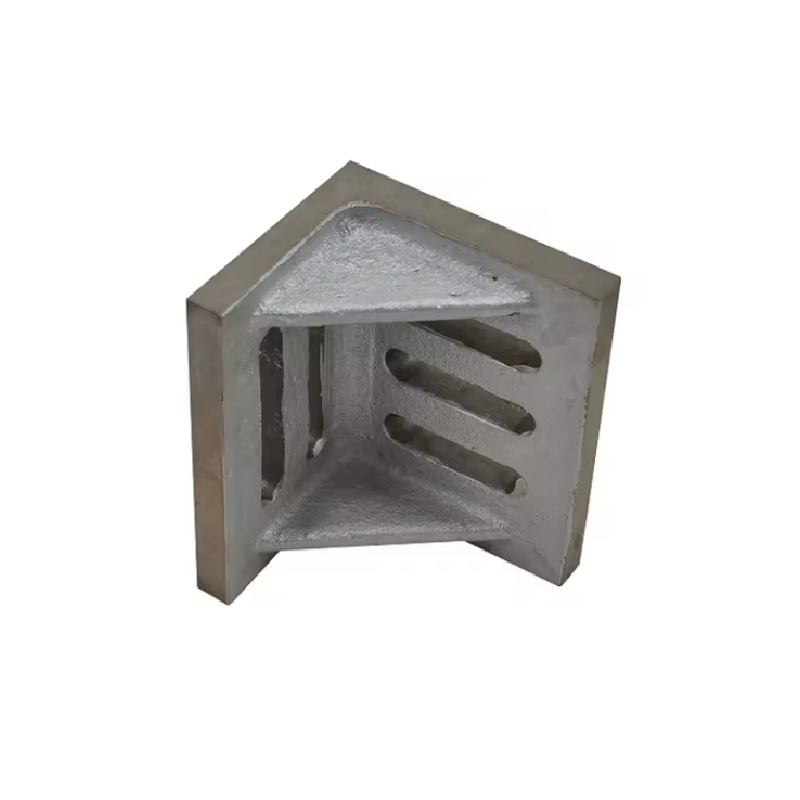Sep . 25, 2024 22:16 Back to list
3 types of micrometers
Understanding the Three Types of Micrometers
Micrometers are essential precision instruments used for measuring small dimensions with an accuracy that often exceeds that of calipers. They are particularly valuable in fields such as mechanical engineering, manufacturing, and scientific research, where precise measurements are critical. While there are various types of micrometers, we can categorize them into three main types outside micrometers, inside micrometers, and depth micrometers. Each type serves a specific purpose and is designed to tackle particular measurement tasks.
Outside micrometers, often referred to simply as micrometers, are primarily used to measure the external dimensions of an object. They consist of a U-shaped frame, a calibrated screw, a movable spindle, and a thimble. The object to be measured is placed between the spindle and the anvil, and the thimble is rotated to bring the spindle into contact with the item. The measurement reading is taken from a scale on the thimble and the main scale.
Outside micrometers are ideal for measuring the thickness of materials, the diameter of wires, and the dimensions of various cylindrical objects. Their high precision, typically to the nearest 0.01 mm or even 0.001 mm for specialized versions, makes them a preferred choice for engineers and machinists. Commonly available in different ranges, outside micrometers can measure anything from a few millimeters to several centimeters.
2. Inside Micrometers
Inside micrometers, as the name suggests, are designed to measure the internal dimensions of objects, such as the diameter of holes, shafts, or tubes. They come equipped with rods or interchangeable measuring heads that can reach into the interior spaces of objects for accurate measurements. Inside micrometers can be either mechanical or electronic, with digital versions providing easy-to-read measurements and sometimes offering functions like data storage or direct connection to computers for analysis.
3 types of micrometers

The setup and operation of inside micrometers are slightly more complex than outside micrometers, as the measurement tool needs to expand to the desired width inside the object. Despite this complexity, inside micrometers are crucial for ensuring that parts fit together correctly in machinery and other applications where tolerances are tight.
3. Depth Micrometers
Depth micrometers are specifically designed to measure the depth of holes, grooves, and recesses. They consist of a flat base and a measuring probe that extends down into the hole being measured. The depth is read off a scale, similar to that of outside micrometers, providing a precise reading of how deep an indentation or hole goes.
Depth micrometers can also be equipped with interchangeable rods to allow them to measure varying depths conveniently. Their reliability and simplicity make them invaluable in various applications, particularly in quality control processes, where depth measurements are critical for functional performance.
Conclusion
In conclusion, understanding the different types of micrometers and their specific applications enhances the ability to select the right tool for the job. Outside micrometers are essential for measuring external dimensions, inside micrometers are tailored for internal measurements, and depth micrometers focus on depth measurements. Each type has its unique features and advantages, contributing to precision in industries that rely on accuracy and meticulous detail. Selecting the appropriate micrometer type is fundamental for achieving high standards in manufacturing, engineering, and scientific research.
-
Y Type Strainer Maintains System Efficiency Long TermNewsJul.15,2025
-
Valve Selection Guide for Industrial ApplicationsNewsJul.15,2025
-
Steel Fab Table Provides Durable Work Surface for WeldingNewsJul.15,2025
-
Pad Iron Provides Stable Support for Heavy MachineryNewsJul.15,2025
-
One Inch Check Valve Fits Standard Plumbing SystemsNewsJul.15,2025
-
Measuring Micrometer Ensures Precise Dimensional AccuracyNewsJul.15,2025
Related PRODUCTS









